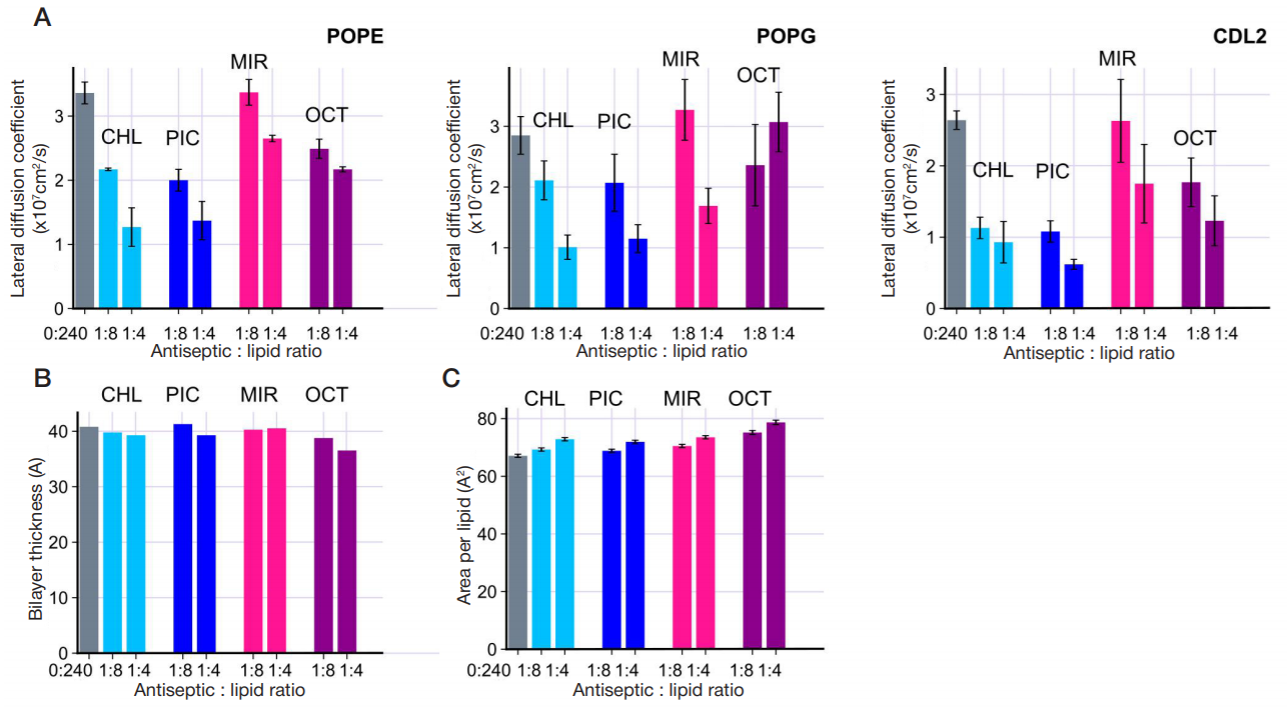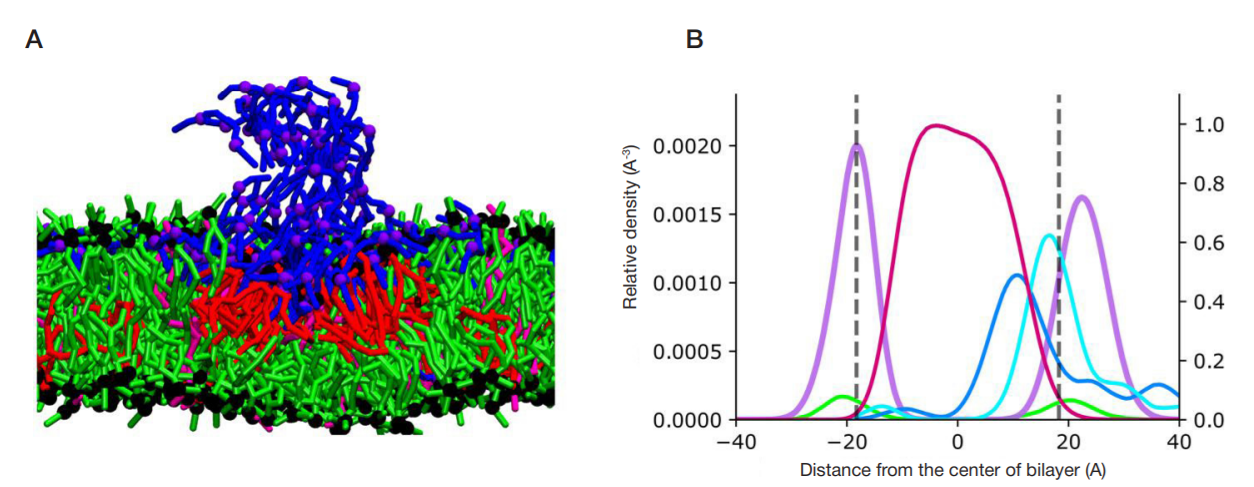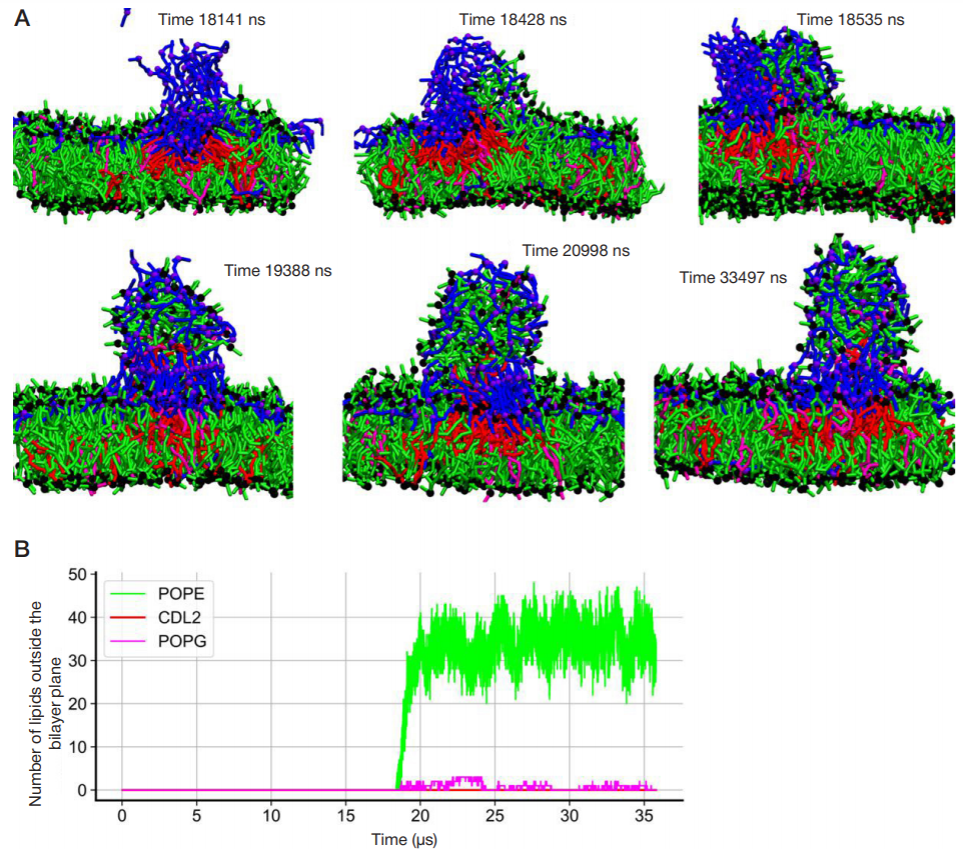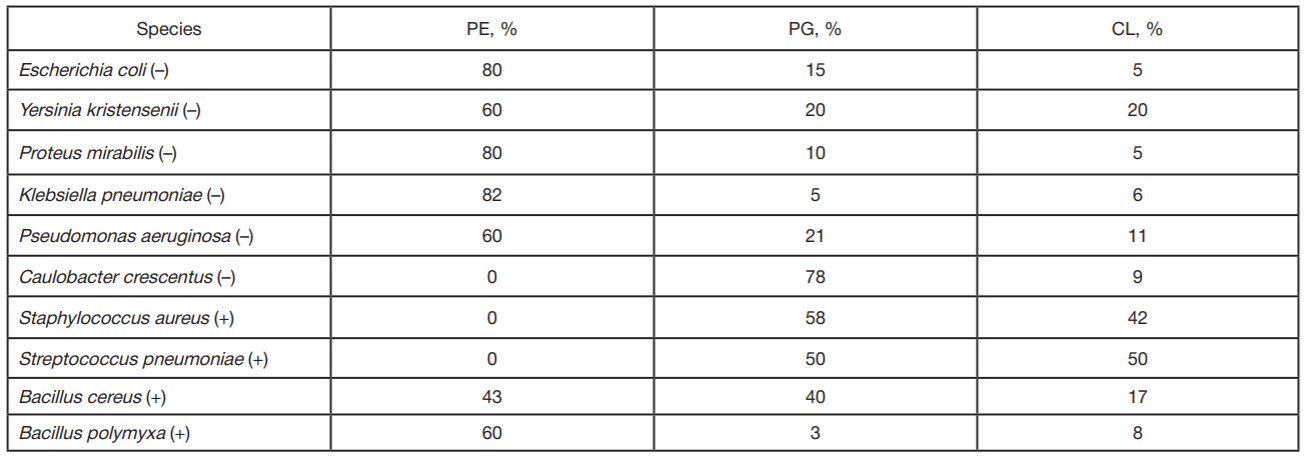
This article is an open access article distributed under the terms and conditions of the Creative Commons Attribution license (CC BY).
ORIGINAL RESEARCH
Interaction of cationic antiseptics with cardiolipin-containing model bacterial membranes
1 Federal Scientific and Clinical Center of Specialized Medical Care and Medical Technology of FMBA, Moscow, Russia
2 Lomonosov Moscow State University, Moscow, Russia
Correspondence should be addressed: Ilya B. Kovalenko
Orekhovyi bulvar, 28, Moscow, 115682; moc.liamg@87oknelavoki
Funding: the research was carried out with the financial support of the Russian Foundation for Basic Research (project № 19-34-90045) and the State assignment "The influence of the lipid composition of bacterial membranes on the processes of interaction with antimicrobial compounds" (code: "Membrane").
Author contribution: Kholina EG — constructing molecular models of studied substances, calculations, manuscript writing; Bozdaganyan ME — calculations, manuscript writing; Strakhovskaya MG — study concept, manuscript writing, analysis of the results; Kovalenko IB — study concept, building a computing infrastructure, manuscript writing, analysis of the results.




